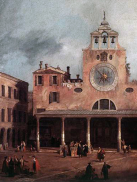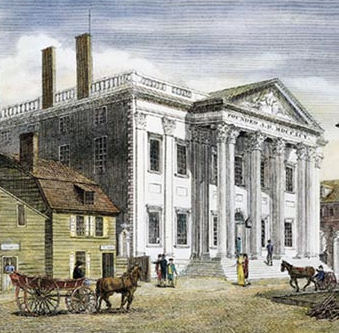Mueller, Reinhold C. (1987) I banchi locali a Venezia nel Tardo Medioevo. Studi Storici, 28/1: 145-55.
There is a lot to be admired in Austrian economists, their resilience, their attachment to simple elegant ideas and their sound understanding of the long-term factors that give the economy its cyclical nature. But one must admit that their Ludite-like hatred for finance is to the very least puzzling. They claim to trust nothing but gold and they would like to see the activity of banks restricted to little more than a locker service. Their trust in free market and in the adaptive nature of human ingenuity ends at the door of their local branch of HSBC. Read the rest of this entry »






 Posted by Ben
Posted by Ben 




